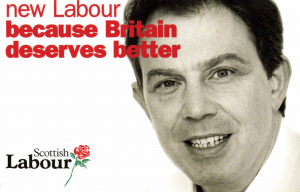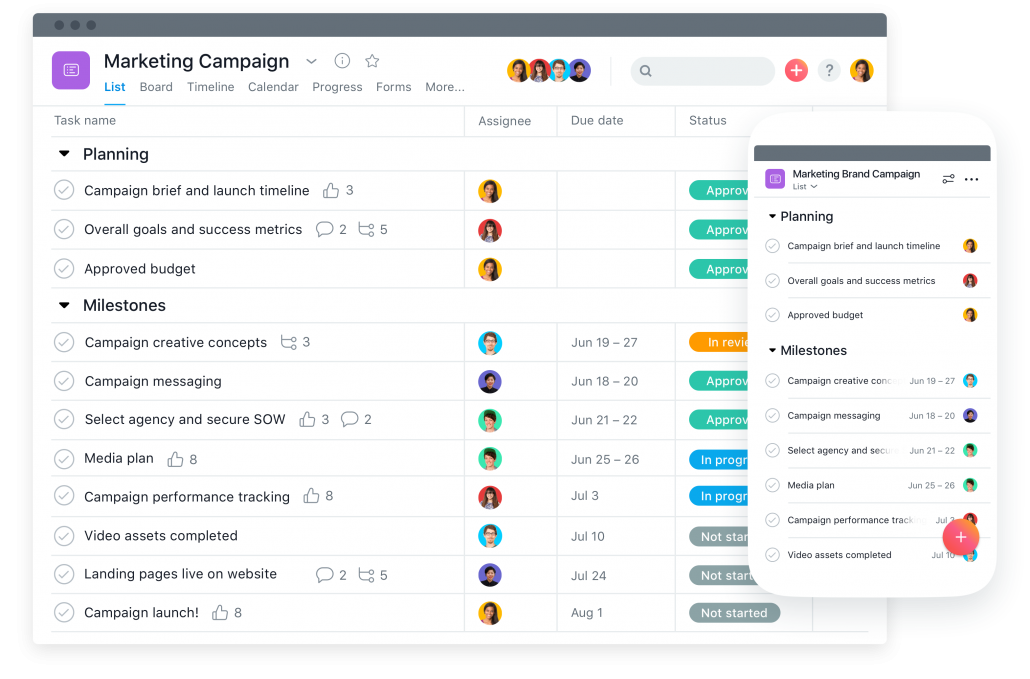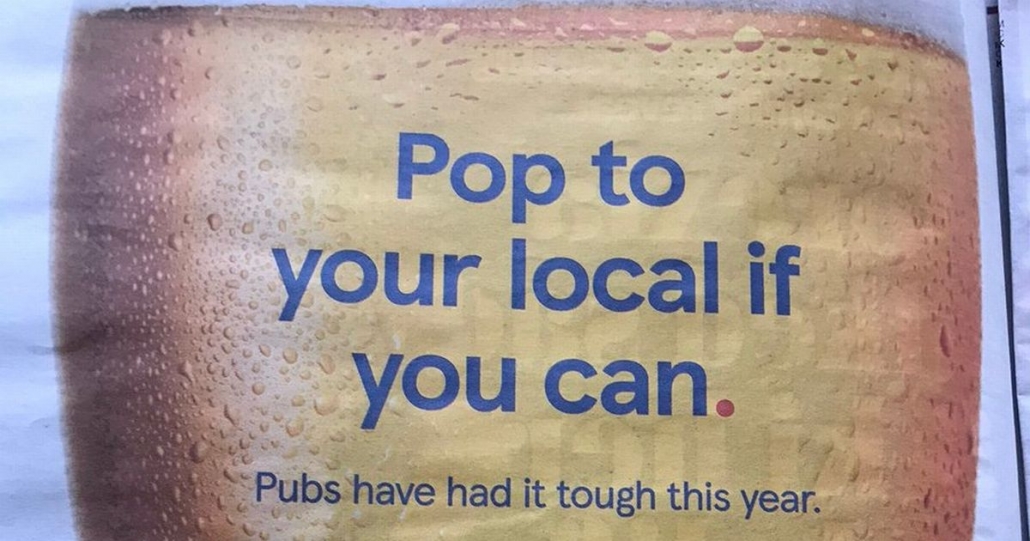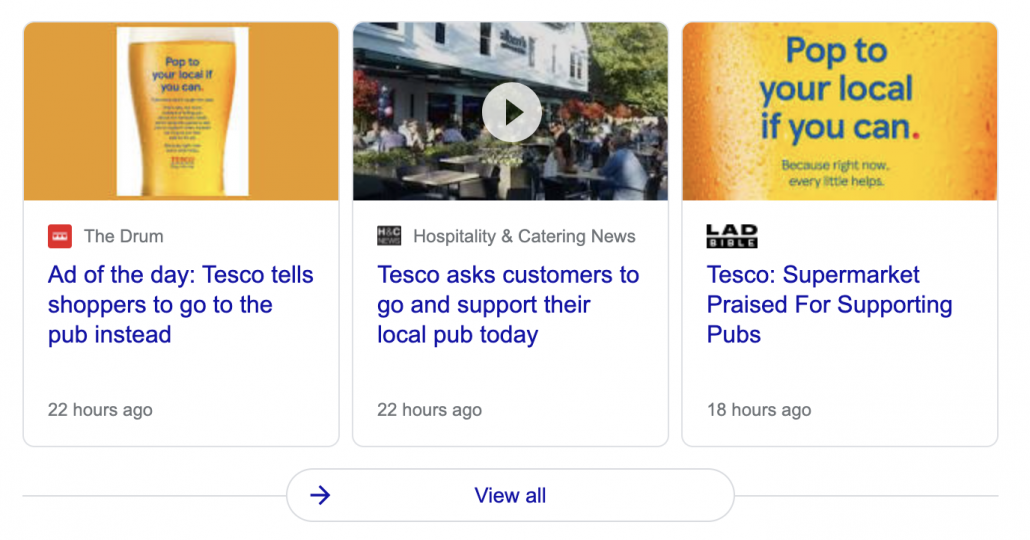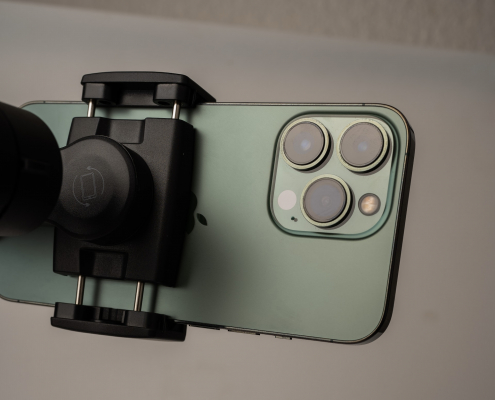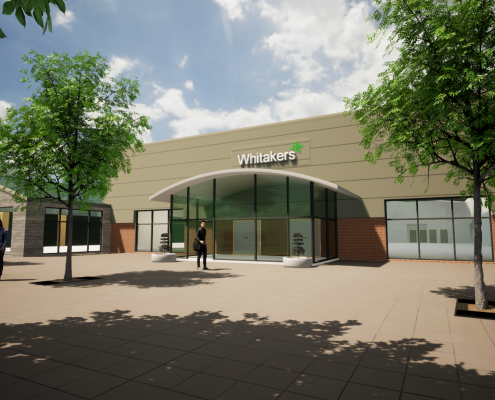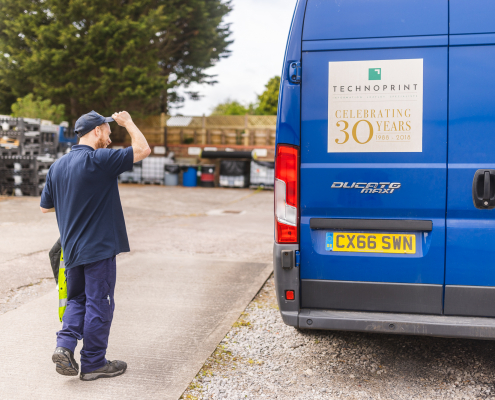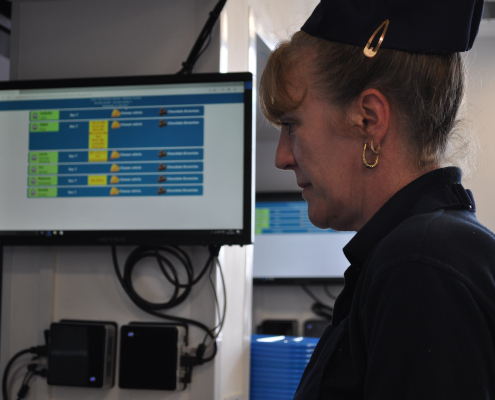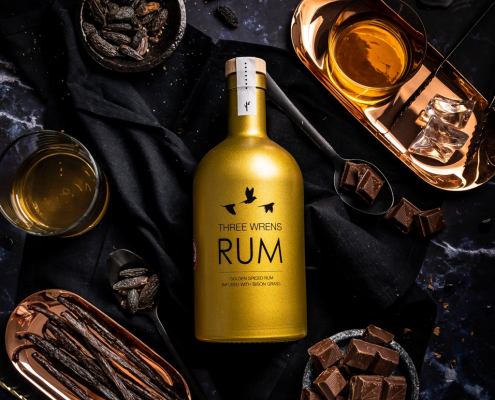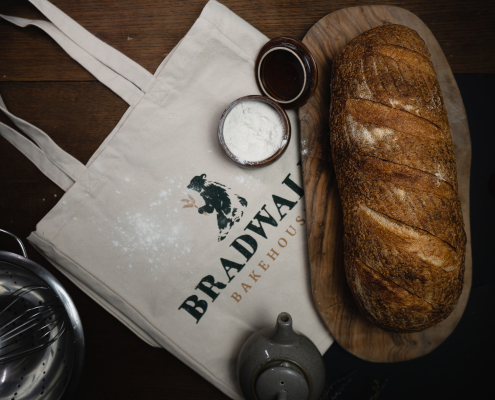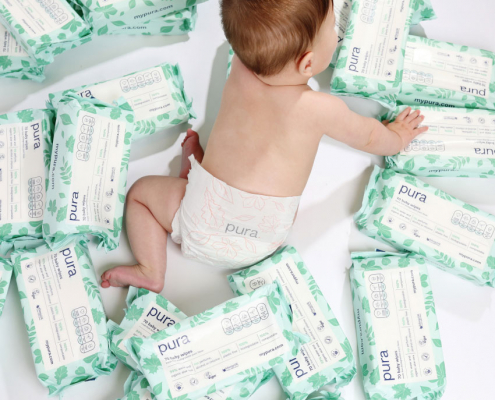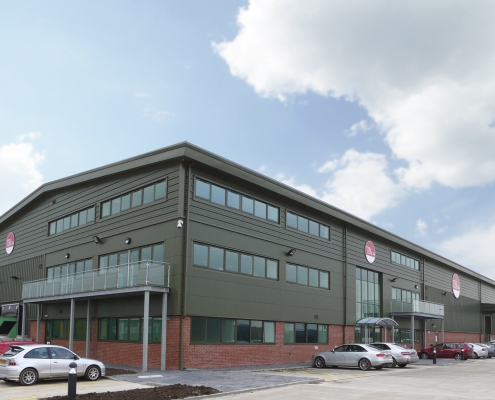‘A Whole New Ball Game’ – Unorthodox PR stunts In The Early Premier League
The new Premier League season begins in just under a month and that prospect whether tantalising or harrowing, depending on your allegiances, means that the big league’s 30th birthday is also just around the corner.
Now in its fourth decade, the Premier League is recognised as the biggest in the world with an audience of 3 billion+ from 188 out of the 193 countries recognised by the UN, tuning in to games over the course of the season.
This is complemented by a slick international marketing campaign that is unique to different territories and highly engaging.
However, 30 years ago, this reality was the stuff of fantasy for Premier League chiefs who were looking to marketing agencies to improve football’s reach, at a time when the sport’s potential had been largely left untapped.
The ‘slum sport’ and the Italia 90 revolution
During the late 1980s, English football was headed into sharp decline.
Stadiums were crumbling, finances were precarious, and attendances were plummeting.
A European ban meant that many of the English game’s biggest stars were seeking pastures new on the continent or north of the border, reducing the quality of First Division football.
Meanwhile, hooliganism was rife, which turned many fans away from football and the violence prompted the Times to brand it as a ‘slum sport’.
However, Italia 90 marked a sea change as all of a sudden through England’s success and the country’s transfixion with the trials and tribulations of the World Cup that year, there was a marketing opportunity.
Jim White of the Telegraph noted that ‘lights [went] on in brains’ of the next generation of media and marketing moguls who spotted the mass appeal of football.
Up until 1992 the Football League had had four divisions, but a breakaway league was proposed by top-flight chairmen that year, as a means of bringing more money into the game and Rupert Murdoch’s BskyB, who saw the earning potential, were willing to bankroll it.
So, with the multi-million pound backing of Sky Television the clubs of the First Division broke away from the century old Football League to form the Premier League.
‘A Whole New Ball Game’
In anticipation for the launch of the Premier League, Sky had assembled a marketing team who had hurriedly set about coming up with a number of PR strategies in the close season, that would attempt to launch the league into the stratosphere.
A number of lessons had been learned from the US about how to market a sport, with takeaways from how merchandising, advertising and entertainment could help brand the league effectively.
Stadiums were kitted out with rolling advertising boards and with extra TV coverage, companies would have to pay more to have their names around the pitch.
Another of the key lessons from the States was to introduce ‘Monday Night Football’, a concept that had enjoyed tremendous popularity across the Atlantic and that was statistically a timeslot which attracted the most women, an important demographic for Sky to reach.
This would bolster interest in the sport from a new audience and the wider branding strategies would increase the awareness of the Premier League.
However, no marketing campaign is complete without a slogan befitting of its seismic nature.
‘A whole new ball game’, was almost exactly what football in the Premier League eventually became, a sport completely alien from its previous down-to-earth but rather unfashionable Football League forerunner.
The phrase almost foresaw the inexorable rise of the league and was particularly important as it used sporting language to show the public that this was a break with the troubled recent past.
This was further emphasised by the accompanying television advert sound-tracked by Simple Minds’ Alive and Kicking which has proved to be equally as iconic.
The unorthodox side of the Premier League’s early marketing
In truth, however, it wasn’t all Simple Minds and clever advertising strategies when it came to marketing an infant Premier League.
No, the early days were marked by trial-and-error PR stunts that, nonetheless, garnered a bewildered sort of interest in what was happening to English football’s top division from the public.
The first ‘Monday Night Football’ match of the new season was between Manchester City and Queens Park Rangers on a sunny August evening.
It provided Sky with the perfect opportunity to showcase their more unorthodox marketing tactics due to the larger anticipated audience share.
As soon as the opening titles abate, however, the chaos unfolds.
The second verse of Alive and Kicking immediately come into earshot, amid a cheerleading routine from the on-brand ‘Sky Strikers’ who would bring American-style pre-match entertainment to Moss Side.
Anchor Richard Keys continued to emphasise the ubiquitous appeal of the new Premier League by declaring it ‘fun for the family’.
The camera then quickly pans away from the cheerleaders to a plane carrying the Sky logo and the ‘whole new ball game’ slogan.
Inside 2 minutes, a whole host of marketing has been packed in but most of it rather unconventional.
By the end of the season, the ‘Sky Strikers’ would be gone after the channel realised that this American-style entertainment didn’t whet the appetite of viewers on this side of the Atlantic and the flyovers would cease.
During the season there would be other unusual PR stunts but none quite as bizarre as the sumo wrestling fight that took place before a night fixture at Leeds’ Elland Road.
Two men carrying giant inflated sumo wrestlers rolled and tumbled towards each other in a pitiful ‘fight’ in the middle of the pitch and were met with a somewhat cool reception from the Yorkshire crowd.
In other instances, groups like The Shamen and Undercover would perform before kick-off or at half time to ensure that the crowd were entertained and back at Maine Road, Frank Sidebottom would appear on the pitch in front of the Manchester City faithful.
Ultimately, though, there was method to the madness.
One of the key marketing figures Jon Smith said, in response to the chaotic entertainment and PR stunts, that his team wanted to ‘do better than a brass band at half time’.
It may have been bizarre at times, but the philosophy of not doing things quietly was born and it would set the tone for the Premier League in years to come.
If you think the team at Source could help you with your PR or media relations, get in touch!

